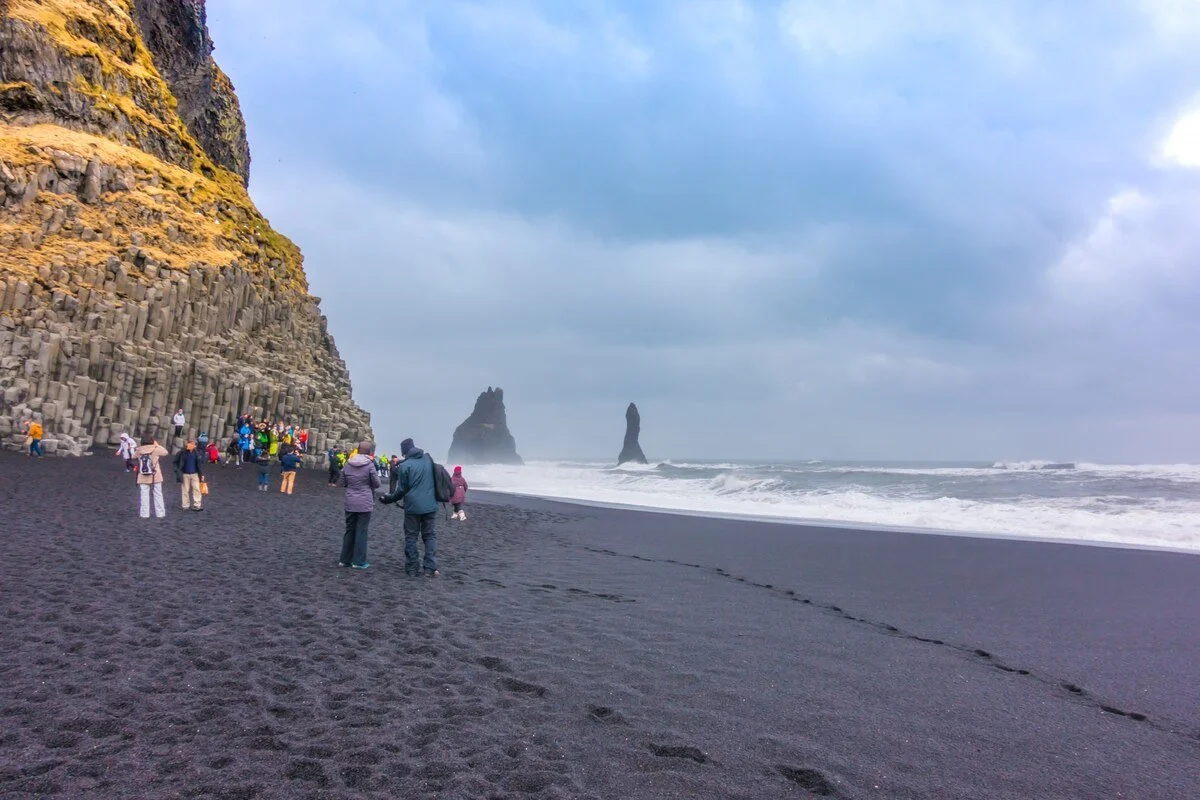Let's discuss how to make a Terrarium like a pro. Welcome to the enchanting world of terrariums! If you're fascinated by nature's beauty and wish to bring a piece of it into your home, making a terrarium is a delightful endeavor.
So, what is a Terrarium? A terrarium is a miniature garden enclosed in a clear container, such as a jar or a vase. They are a great way to bring a little bit of nature into your home and can be a fun and easy project for both kids and adults.
This guide will walk you through each step of the process, allowing you to craft your own mini-green paradise. It's a step-by-step guide on how to make a Terrarium; so sit tight.
From choosing the right container to selecting the perfect plants, we've got you covered.
So, let's dive into the captivating journey of learning “How to Make a Terrarium.”
READ ALSO: How to Make a Homemade Pizza
How to Make a Terrarium in 7 Steps

Creating a terrarium is an art that blends creativity and horticulture. So, follow these steps to craft your own captivating miniature ecosystem:
Step 1. Choose the Right Container
Selecting the right container is the first step in making a terrarium. Opt for a glass vessel or jar with a wide opening to allow easy access for planting and maintenance.
A clear container provides a picturesque view of your terrarium's interior.
READ ALSO: How to Start a Side Hustle with Your Hobby
Step 2. Gather All the Essential Materials
To embark on your terrarium adventure, gather materials like:
- Rocks or Pebbles: These provide drainage and prevent water accumulation at the bottom.
- Activated Charcoal: To keep the terrarium odor-free by absorbing excess moisture.
- Potting Soil: Ensure it's suitable for your chosen plants.
- Miniature Plants: Choose plants that thrive in similar conditions and sizes to create a harmonious ecosystem.
- Decorative Elements: Moss, small figurines, or decorative stones can enhance the visual appeal.
Step 3. Layer the Base
Start by adding a layer of rocks or pebbles to the bottom of the container. This layer aids in drainage and prevents root rot.
Follow this with a thin layer of activated charcoal to maintain a fresh environment within the terrarium.
READ ALSO: How to Make Cleaning Products of Your Own
Step 4. Add Potting Soil
Gently add potting soil on top of the charcoal layer. Create varying levels of soil to accommodate the different plant heights.
Step 5. Plant Your Mini Garden
Now comes the exciting part – planting! Dig small holes in the soil and carefully place your chosen plants. Use a small spoon or spatula to handle delicate roots.
Arrange the plants aesthetically, keeping in mind their growth patterns.
Step 6. Add Creative Elements
To infuse your terrarium with personality, add decorative elements like miniature figurines, small stones, or colored sand. These accents contribute to the visual allure of your mini-ecosystem.
Step 7. Mist and Maintenance
After planting, give your terrarium a light misting of water. Seal the container to create a humid environment. Over time, monitor the moisture levels and water accordingly.
Trim any overgrown plants to maintain the terrarium's balance.
Terrarium Care Tips
- Light: Place your terrarium in indirect sunlight to avoid scorching the plants.
- Watering: Use a spray bottle for light misting. Water sparingly to prevent mold growth.
- Pruning: Trim excess growth to maintain the terrarium's aesthetic and balance.
- Cleaning: Wipe the glass to remove any moisture or dust, keeping your terrarium crystal clear.
READ ALSO: How to Make a Homemade Pizza
FAQs about Making Terrariums
Can I use any container for my terrarium?
While glass containers are ideal, you can get creative with open containers that suit your style.
What plants are suitable for terrariums?
Ferns, succulents, air plants, and moss are popular choices due to their compact size and adaptability.
How often should I water my terrarium?
Mist your terrarium every 1-2 weeks, ensuring the soil remains slightly damp but not soggy.
Can I keep my terrarium in direct sunlight?
No, direct sunlight can overheat and damage the plants. Opt for indirect, filtered light.
Do I need to fertilize my terrarium plants?
Fertilization is not necessary in closed terrariums. The ecosystem recycles nutrients naturally.
How do I prevent mold and fungal growth?
Ensure proper ventilation by occasionally opening the terrarium lid. Avoid excessive watering.
READ ALSO: How to Create a Successful Meal Plan | Kitchen Tips
Summary
Terrariums are a great way to bring a little bit of nature into your home and make a fun and easy project for both kids and adults.
They can be a great addition to any room and can be a fun way to learn about different types of plants and how they grow.
Congratulations, you've now embarked on a journey of creating captivating terrariums! The magic of a miniature world encapsulated within the glass is a marvel to experience.
With the right container, materials, and plant selection, you can craft a stunning terrarium that brings nature's charm indoors.
Remember to embrace your creativity, care for your mini-garden, and watch as it flourishes into a unique and mesmerizing ecosystem.
With a little bit of care and attention, your terrarium can thrive for years to come.
Thank you for reading our article today! Please remember to share this article on social media to help others benefit too. It also helps us improve our algorithm and relevance to the public. Thanks for Sharing!!! Follow us on Socials: Facebook - LinkedIn - Twitter
Discover more from Internet Parrot
Subscribe to get the latest posts to your email.





